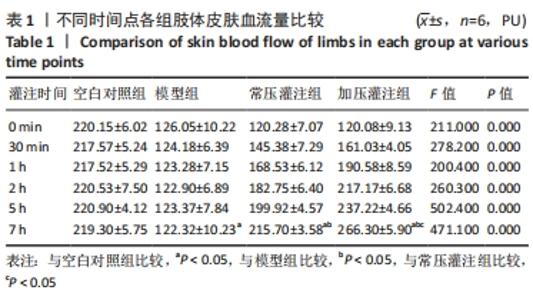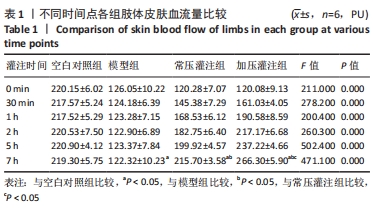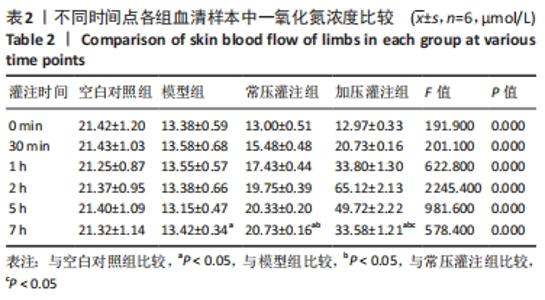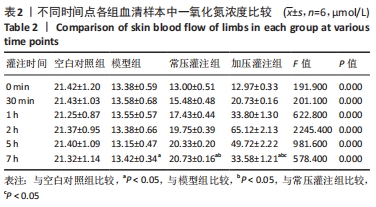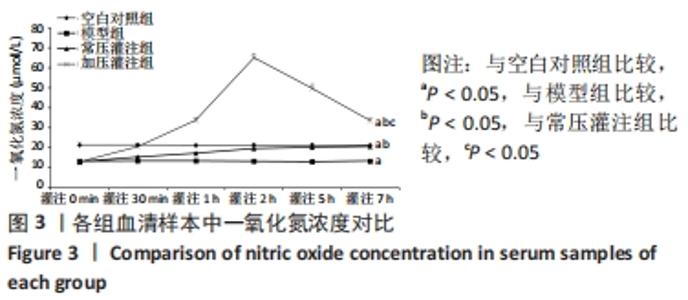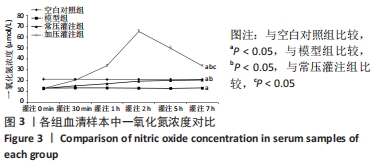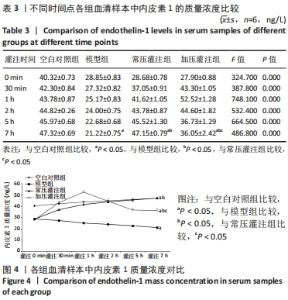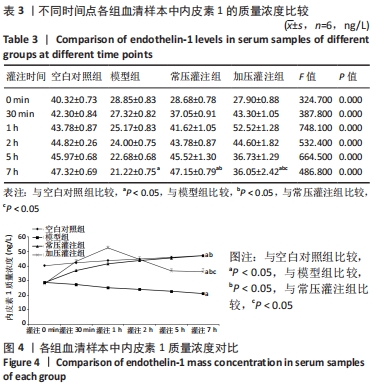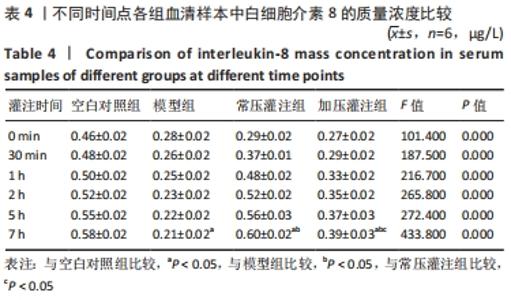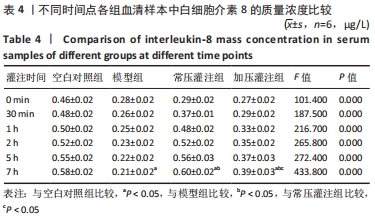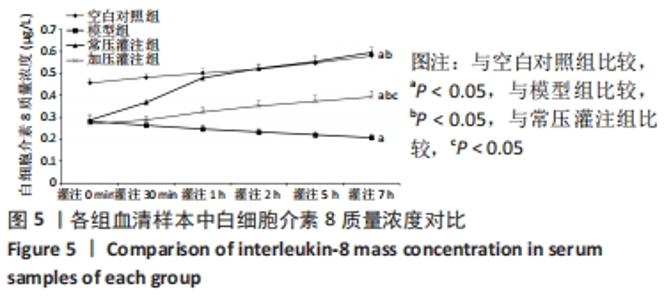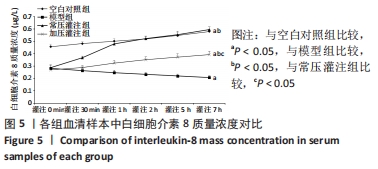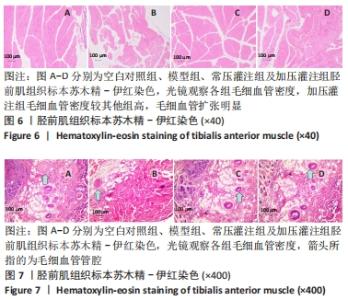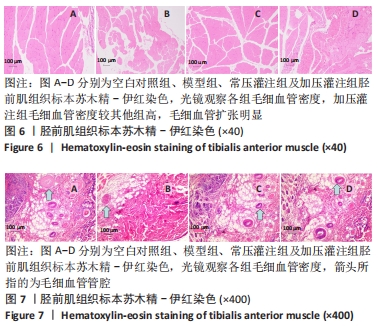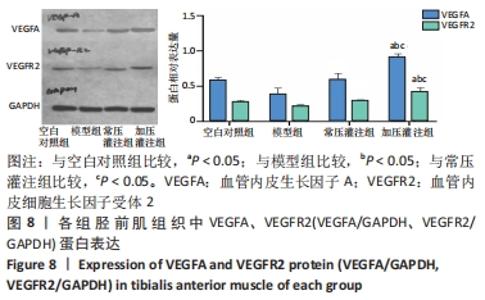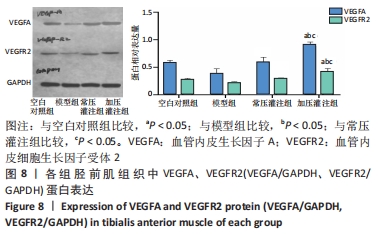[1] FIRNHABER JM, POWELL CS. Lower Extremity Peripheral Artery Disease: Diagnosis and Treatment. Am Fam Physician. 2019;99(6):362-369.
[2] BISCETTI F, NARDELLA E, CECCHINI AL, et al. The Role of the Microbiota in the Diabetic Peripheral Artery Disease. Mediators Inflamm. 2019; 2019:4128682.
[3] FADINI GP, SPINETTI G, SANTOPAOLO M, et al. Impaired Regeneration Contributes to Poor Outcomes in Diabetic Peripheral Artery Disease. Arterioscler Thromb Vasc Biol. 2020;40(1):34-44.
[4] BECKMAN JA, DUNCAN MS, DAMRAUER SM, et al. Microvascular Disease, Peripheral Artery Disease, and Amputation. Circulation. 2019; 140(6):449-458.
[5] HUSSAIN MA, AL-OMRAN M, SALATA K, et al. Population-based secular trends in lower-extremity amputation for diabetes and peripheral artery disease. CMAJ. 2019;191(35):E955-E961.
[6] DEMARCHI A, SOMASCHINI A, CORNARA S, et al. Peripheral Artery Disease in Diabetes Mellitus: Focus on Novel Treatment Options. Curr Pharm Des. 2020;26(46):5953-5968.
[7] 王江宁, 高磊. 糖尿病足慢性创面治疗的新进展[J]. 中国修复重建外科杂志,2018,32(7):832-837.
[8] HINCHLIFFE RJ, FORSYTHE RO, APELQVIST J, et al. Guidelines on diagnosis, prognosis, and management of peripheral artery disease in patients with foot ulcers and diabetes (IWGDF 2019 update). Diabetes Metab Res Rev. 2020;36 Suppl 1:e3276.
[9] KHIN NY, DIJKSTRA ML, HUCKSON M, et al. Hypertensive extracorporeal limb perfusion for critical limb ischemia. J Vasc Surg. 2013;58(5): 1244-1253.
[10] LANE RJ, PHILLIPS M, MCMILLAN D, et al. Hypertensive extracorporeal limb perfusion (HELP): a new technique for managing critical lower limb ischemia. J Vasc Surg. 2008;48(5):1156-1165.
[11] KIM JS, PARK JY. Effects of resveratrol on laminar shear stress-induced mitochondrial biogenesis in human vascular endothelial cells. J Exerc Nutrition Biochem. 2019;23(1):7-12.
[12] YAMAMOTO K, IMAMURA H, ANDO J. Shear stress augments mitochondrial ATP generation that triggers ATP release and Ca(2+) signaling in vascular endothelial cells. Am J Physiol Heart Circ Physiol. 2018;315(5):H1477-H1485.
[13] 王雷, 聂鑫, 尹叶锋,等.体外循环灌注系统下应用脉络宁治疗下肢挤压伤-挤压综合征模型猪[J]. 中国组织工程研究,2019,23(11): 1723-1729.
[14] 杨磊, 高磊, 王雷,等.体外循环系统下加压灌注改善模型猪下肢血运[J]. 中国组织工程研究,2018,22(4):553-557.
[15] MADU MF, DEKEN MM, VAN DER HAGE JA, et al. Isolated Limb Perfusion for Melanoma is Safe and Effective in Elderly Patients . Ann Surg Oncol. 2017;24(7):1997-2005.
[16] WOLFF KD, MUCKE T, VON BOMHARD A, et al. Free flap transplantation using an extracorporeal perfusion device: First three cases. J Craniomaxillofac Surg. 2016;44(2): 148-154.
[17] 宋晓丽, 郭芳芳, 吴正阳,等.小猪糖尿病下肢血管病变模型的建立[J]. 医学研究杂志,2013,42(2):60-63.
[18] PADGETT ME, MCCORD TJ, MCCLUNG JM, et al. Methods for acute and subacute murine hindlimb ischemia. J Vis Exp. 2016;112:e54166.
[19] GOGGI JL, HASLOP A, BOOMINATHAN R, et al. Imaging the Proangiogenic Effects of Cardiovascular Drugs in a Diabetic Model of Limb Ischemia. Contrast Media Mol Imaging. 2019;2019:2538909.
[20] GOGGI JL, NG M, SHENOY N, et al. Simvastatin augments revascularization and reperfusion in a murine model of hind limb ischemia—multimodal imaging assessment. Nucl Med Biol. 2017;46:25-31.
[21] KAUFELD T, BECKMANN E, IUS F, et al. Risk factors for critical limb ischemia in patients undergoing femoral cannulation for venoarterial extracorporeal membrane oxygenation: Is distal limb perfusion a mandatory approach? Perfusion. 2019;34(6):453-459.
[22] MERNA N, WONG AK, BARAHONA V, et al. Laminar shear stress modulates endothelial luminal surface stiffness in a tissue-specific manner. Microcirculation. 2018;25(5):e12455
[23] TARANTINI S, GILES CB, WREN JD, et al. IGF-1 deficiency in a critical period early in life influences the vascular aging phenotype in mice by altering miRNA-mediated post-transcriptional gene regulation: implications for the developmental origins of health and disease hypothesis. Age (Dordr). 2016;38(4):239-258.
[24] Qi YX, Han Y, Jiang ZL. Mechanobiology and Vascular Remodeling: From Membrane to Nucleus. Adv Exp Med Biol. 2018;1097:69-82.
[25] CHAWLA V, SIMIONESCU A, LANGAN EM 3RD, et al. Influence of Clinically Relevant Mechanical Forces on Vascular Smooth Muscle Cells Under Chronic High Glucose: An In Vitro Dynamic Disease Model. Ann Vasc Surg. 2016;34:212-226.
[26] YAMASHIRO Y, YANAGISAWA H. The molecular mechanism of mechanotransduction in vascular homeostasis and disease. Clin Sci (Lond). 2020;134(17):2399-2241.
[27] FELS B, KUSCHE-VIHROG K. It takes more than two to tango: mechanosignaling of the endothelial surface. Pflugers Arch. 2020; 472(4):419-433.
[28] KIM HY, JEONG DW, KIM HS. Sulfatase 2 mediates, partially, the expression of endothelin-1 and the additive effect of Ang II-induced endothelin-1 expression by CXCL8 in vascular smooth muscle cells from spontaneously hypertensive rats. Cytokine. 2019;114:98-105.
[29] ZHANG Y, DING J, XU C, et al. rBMSCs/ITGA5B1 Promotes Human Vascular Smooth Muscle Cell Differentiation via Enhancing Nitric Oxide Production. Int J Stem Cells. 2018;11(2):168-176.
[30] CHEN Q, LU Y, QIAO Y, et al. Endothelin B Receptor is Involved in Endothelin-1 Induced Cell Response in Vascular Smooth Muscle Cells. J Nanosci Nanotechnol. 2019;19(12):7551-7556.
[31] ROUX E, BOUGARAN P, DUFOURCQ P, et al. Fluid Shear Stress Sensing by the Endothelial Layer. Front Physiol. 2020;11:861.
[32] LASCH M, KLEINERT EC, MEISTER S, et al. Extracellular RNA released due to shear stress controls natural bypass growth by mediating mechanotransduction in mice. Blood. 2019;134(17):1469-1479.
[33] WANG Y, JIN Y, LAVIÑA B, et al. Characterization of multi-cellular dynamics of angiogenesis and vascular remodelling by intravital imaging of the wounded mouse cornea. Sci Rep. 2018;8(1):10672.
[34] RUSSO TA, BANUTH AMM, NADER HB, et al. Altered shear stress on endothelial cells leads to remodeling of extracellular matrix and induction of angiogenesis. PLoS One. 2020;15(11):e0241040.
[35] HENN D, ABU-HALIMA M, WERMKE D, et al. MicroRNA-regulated pathways of flow-stimulated angiogenesis and vascular remodeling in vivo. J Transl Med. 2019;17(1):22.
|
